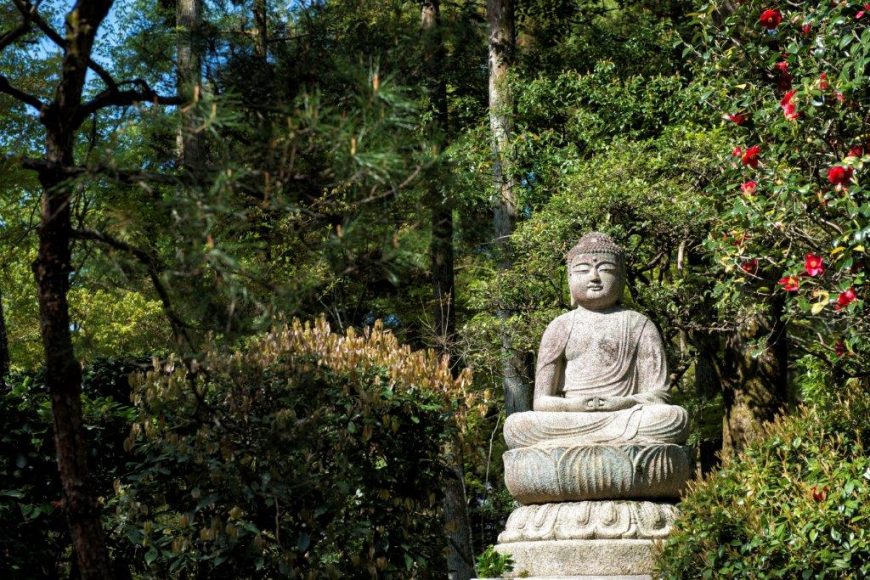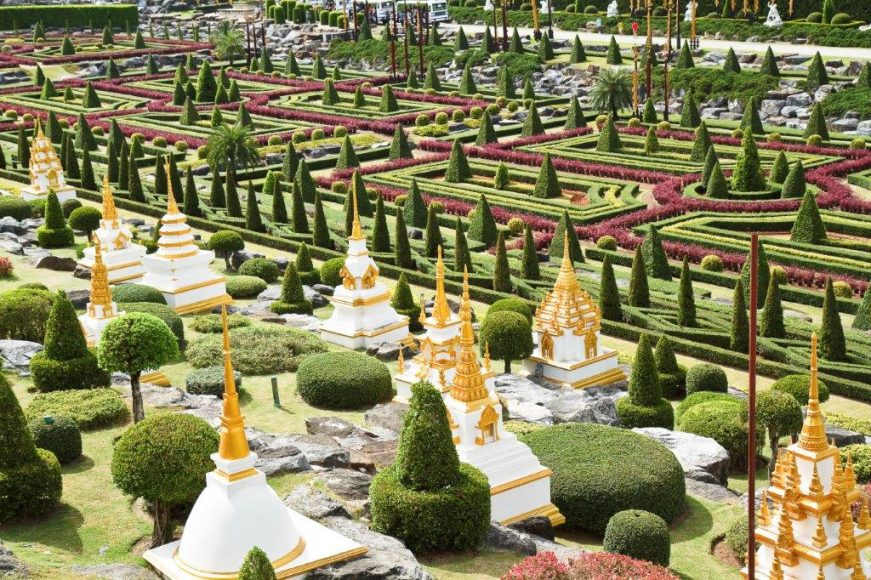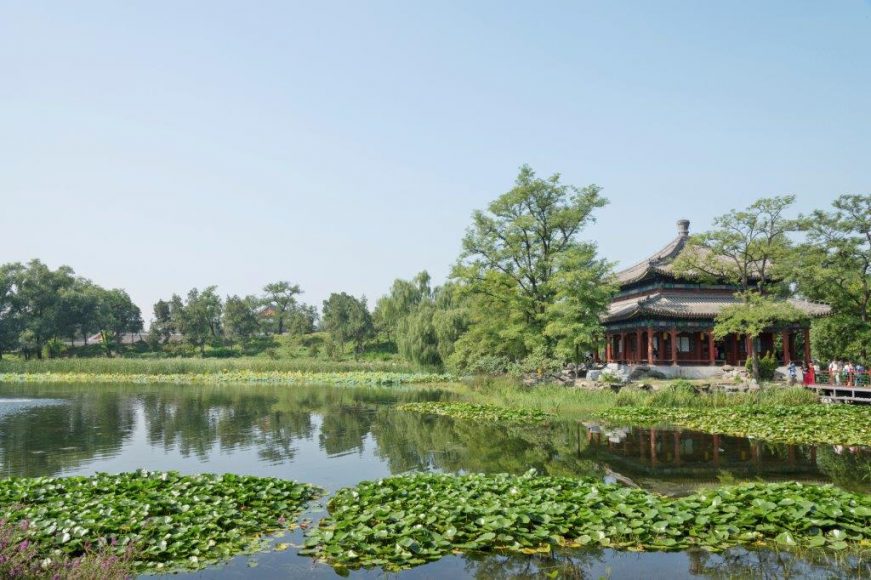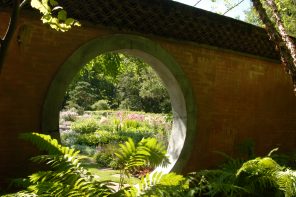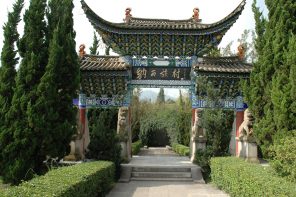When I was a child, my mother would take us each year to The New York Botanical Garden in the Bronx. We were in awe of seasonal collections like the Azalea Garden, with its scores of different azaleas and rhododendrons blooming in succession. And we loved looking up at the Enid A. Haupt Conservatory, the remarkable Victorian-style glasshouse that takes you on an eco-tour of the world across the ages.
Now in my travels around the world, I always say to my host, “Take me to your most beautiful garden for a few hours.” Gardens to me are like sanctuaries, and walking through the gardens and park of the Château de Versailles re-energizes your spirit. Probably the world’s most famous gardens, they were built for Louis XIV and designed by André le Nôtre. The planning and landscaping required enormous work. Vast amounts of earth had to be shifted to lay out the flower beds, the Orangerie, the sculpted, mythological fountains and the canal, where previously only woods, grasslands and marshes existed. The earth was transported in wheelbarrows and the trees were conveyed by cart from all the provinces of France, with thousands of men, sometimes whole regiments, taking part in this vast enterprise.
Butchart Gardens, located in British Columbia, are also among the crème de la crème, tapestries of saturated colors against a verdant green backdrop. It’s hard to tell what’s more breathtaking – the spectacular views or the 700 varieties of plants that fan out and bloom from March to October on Vancouver Island.
I’ve traveled throughout Japan and the Ryoan-ji temple in Kyoto continues to beckon me, with its cherry blossoms and elegantly spare rock garden. The temple is considered to be one of the most notable examples of the “dry landscape” style. Some say the Ryoan-ji temple garden is the quintessence of Zen art and perhaps the single greatest masterpiece of Japanese culture. The garden consists of an austere arrangement of 15 rocks that sit on a bed of white gravel. No one knows who laid out this garden, or precisely when, but it is today as it was yesterday and tomorrow it will be as it is today. Behind the temple is a stone washbasin called tsukubai, said to have been contributed by the 17th century feudal lord Tokugawa Mitsukuni. It bears a simple but profound four-character inscription: “I learn only to be contented.”
The Keukenhof Gardens in Lisse, the Netherlands offer an unprecedented wealth of stunning floral displays. The popular gardens are home to 7 million tulips, including special hybrids that have been or are being developed. Indeed, Keukenhof’s pride and joy is the truly awe-inspiring Russian black tulip, named after the famous mystical hag, Baba Yaga.
Yu Garden (or Yuyuan Garden) in Shanghai was built more than 400 years ago during the Ming Dynasty in the traditional Chinese style, surrounded by dragon-lined walls, with numerous doorways and zigzagging bridges separating the various tree gardens, ponds and pavilions. (See story on Chinese gardens on page 18.) After creator Pan Yunduan’s death, Yuyuan, which means “Garden of Happiness,” fell into disrepair and later renovations were spoiled by several mid-19th century civil wars. In 1956, Shanghai’s government rebuilt the garden, recovering its elegance and beauty. Yuyuan Garden was at last reopened to the public in 1961.
The Nong Nooch Tropical Garden in Pattaya, Thailand is popular among tourists because of its stunningly beautiful landscapes and marvelous views. Everything there seems to be like a fairy tale, from the Thai-style houses to the villas, banquet halls, restaurants and swimming pools. Originally destined to be a 600-acre fruit plantation, Nong Nooch achieved its ultimate expression when owner and namesake Nongnooch Tansacha made a trip abroad and came back with a firm decision to create a tropical garden of ornamental plants and flowers. In 1980, it was opened to the public and got it official name, “Suan Nong Nooch.” Suan means “garden” – a place where more than 2,000 daily visitors can get acquainted with Thai culture and conservation.
For more, visit Cappy’s Travel at 195 N. Bedford Road, Mount Kisco. Call 914-241-0383 or email Cappy@travel-by-net.com.

